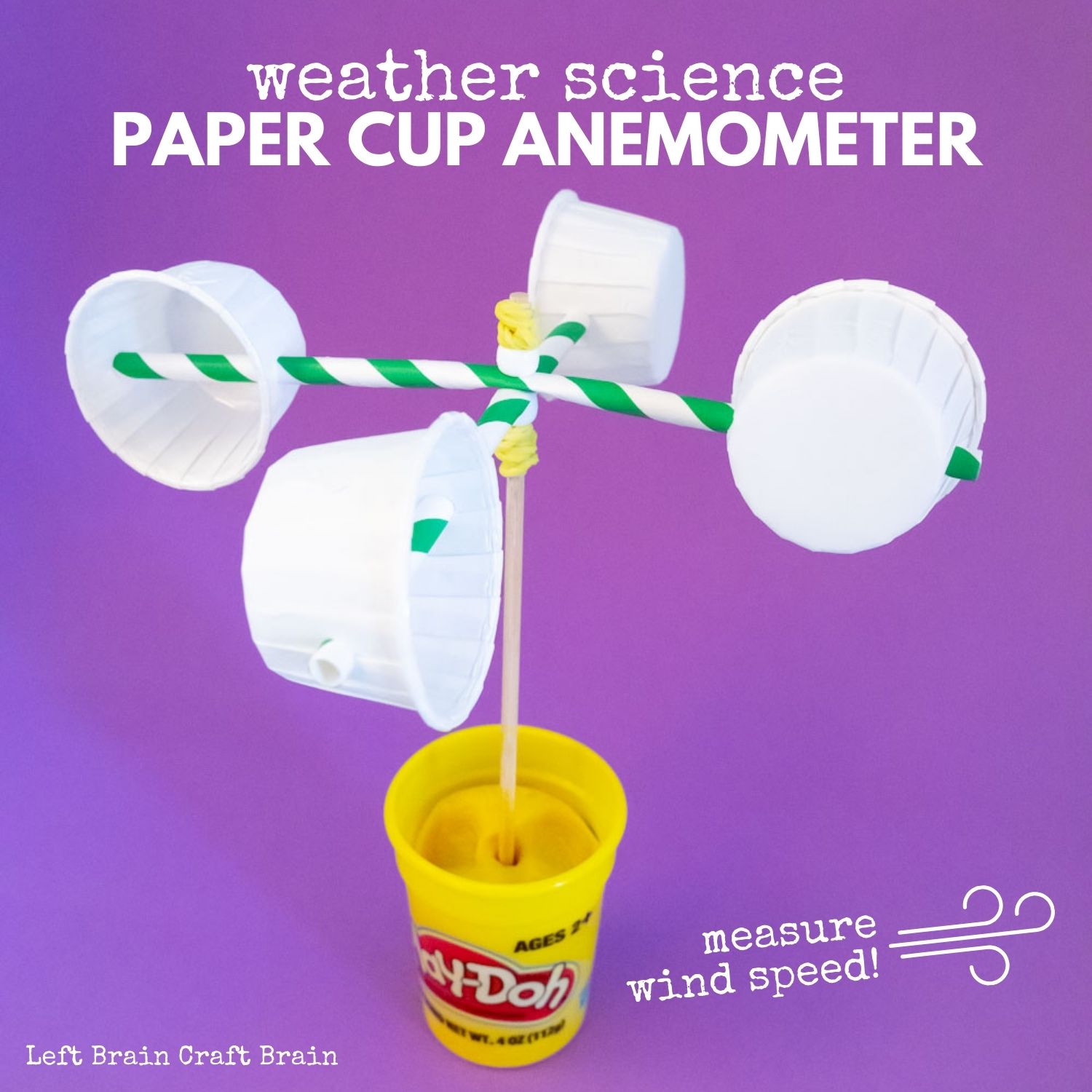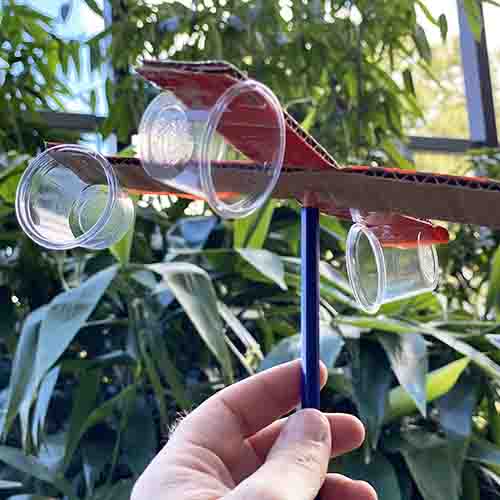Top Features to Seek in an Efficient Anemometer for Accurate Wind Dimension
Top Features to Seek in an Efficient Anemometer for Accurate Wind Dimension
Blog Article
Anemometers Revealed: Understanding Their Relevance in Environmental Surveillance and Precaution
The duty of anemometers in ecological monitoring and safety actions is typically undervalued, yet their importance is indisputable. These tools have a lengthy background rooted in scientific query and technical advancements, progressing to become necessary tools in various areas. From meteorology to air travel security, anemometers play an essential function in giving exact information that notifies decision-making processes and boosts overall safety and security. Recognizing the intricacies of anemometers unveils a globe of vital insights that are fundamental to our understanding of the atmosphere and the actions we require to guarantee safety and security.
History of Anemometers
The development of anemometers can be traced back to the ancient people where simple wind gauging gadgets were very first utilized. One of the earliest known anemometers was the hemispherical cup anemometer invented by Leon Battista Alberti in the 15th century.
In the 18th century, the prominent scientist John Thomas Romney Robinson introduced the Robinson anemometer, which featured four hemispherical cups mounted on horizontal arms that expanded from a central axis. This layout ended up being a criterion in meteorological measurements as a result of its precision and reliability. Over the years, innovations in innovation caused the development of even more modern anemometers, consisting of ultrasonic anemometers and laser Doppler anemometers, offering increased accuracy and performance in gauging wind rate and instructions. The background of anemometers showcases an impressive journey of development and development in the field of weather forecasting.
Kinds Of Anemometers
Throughout the area of meteorology, numerous kinds of anemometers have been developed to precisely gauge wind speed and instructions. Sonic anemometers make use of ultrasonic signals to gauge wind rate and instructions properly. Hot-wire anemometers run based on the principle that the cooling impact of wind on a warmed cord is symmetrical to the wind speed.
Applications in Meteorology
Having talked about the various kinds of anemometers used in meteorology for gauging wind rate and direction, it is necessary to discover their useful applications in the field. Anemometers play a critical function in meteorology by providing accurate and real-time information on wind problems (anemometer). Meteorologists make use of anemometers to keep an eye on wind rate and direction to forecast weather patterns, problem cautions for serious weather occasions like hurricanes, tornadoes, and storms, and evaluate weather for aviation security
In meteorology, anemometers aid in comprehending local and local wind patterns, which are essential for predicting weather changes and establishing climatic fads. These gadgets are likewise utilized in study to research microclimates, city heat islands, and air pollution diffusion. In addition, anemometers are utilized in agriculture to enhance crop administration practices, such as irrigation and chemical application, based upon wind problems.
Relevance in Aeronautics Security
An integral facet of making sure air travel safety depends on the precise surveillance of wind problems making use of anemometers. Anemometers play a critical role in aeronautics by providing real-time data on wind rate and direction, assisting pilots in making informed choices during flight, landing, and liftoff. Uncertain and strong winds can significantly affect airplane operations, making it crucial for air travel authorities to count on accurate wind measurements to guarantee the safety of passengers and team.

In the dynamic setting of aviation, where also small modifications in Check Out Your URL wind rate and instructions can have extensive impacts, anemometers stand as indispensable devices for promoting risk-free and secure flight.
Role in Environmental Research Study
Anemometers play a crucial duty in ecological research by offering essential data on wind rate and direction. By precisely gauging wind features, anemometers aid researchers evaluate the movement of pollutants in the air, examine the impact of industrial emissions, and forecast the spread of impurities in the setting.


Verdict
In verdict, anemometers have played an important function in ecological monitoring and precaution. With a rich background published here and numerous kinds available, these tools have actually been extensively utilized in meteorology, aviation safety, and environmental research. Recognizing the importance of anemometers is important for precisely gauging wind rate and direction, which is vital for forecasting weather patterns, making sure secure aeronautics operations, and carrying out ecological studies - anemometer. Their payments to these fields can not be taken too lightly.
One of the earliest known anemometers was the hemispherical cup anemometer designed by Leon Battista Alberti in the 15th century. Over the years, developments in modern technology led to the advancement of even more modern anemometers, consisting of ultrasonic anemometers and laser Doppler anemometers, offering boosted accuracy and efficiency in determining wind rate and direction. Hot-wire anemometers run based on the concept that check here the cooling effect of wind on a warmed cord is proportional to the wind rate. Meteorologists make use of anemometers to keep track of wind rate and instructions to anticipate weather patterns, issue warnings for severe weather condition events like hurricanes, tornados, and cyclones, and evaluate climatic problems for aeronautics security.
Recognizing the relevance of anemometers is necessary for accurately measuring wind speed and direction, which is vital for anticipating weather condition patterns, ensuring secure air travel procedures, and carrying out ecological research studies. (anemometer)
Report this page